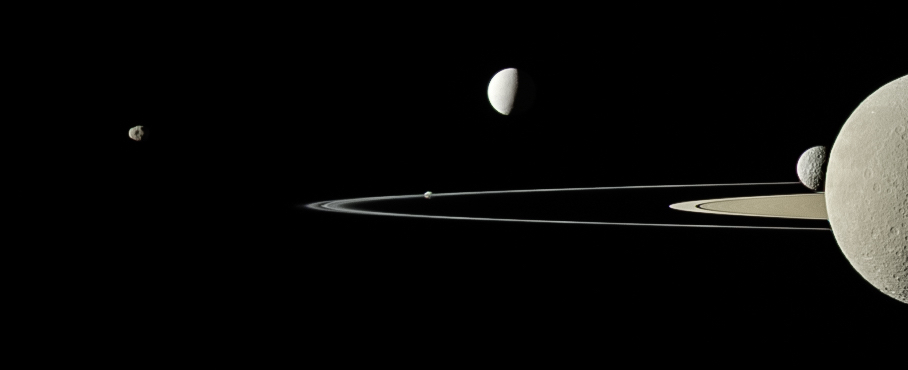Exploring the Physics of Planetary Environments
Summer Course, Space and Plasma Physics
August, 13-22, 2019
Location: KTH, Stockholm, Sweden
News / Updates
The course takes place on the KTH main campus in one of the buildings of the School of Electrical Engineeing and Computer Science (EECS).
Address:
Teknikringen 33
, 114 28 Stockholm.
We meet all days in the Ivar-Herlitz room, which is on the ground floor directly to the right when you enter Teknikringen 33.
First meeting: Tuesday, August 13, 2019. 10.00 am. Ivar-Herlitz room, Teknikringen 33.
You can find the current schedule here: Schedule Planet Course 2019 (pdf 78 kB) . Note that the schedule might be subject to changes.

Overview
A novel and unique course addressing the physics of atmospheres, ionospheres and magnetospheres of various Solar System bodies: from small comets to the giant planets Jupiter and Saturn.
Guest lecturers from Sweden, Europe and the US provide a tour through the Solar System with lectures and workshops on different ways of measuring, observing and modelling planetary environments. The course targets primarily MSc and PhD students.
International Guest Lecturers
- Kurt Retherford, Southwest Research Institute, San Antonio, TX, USA
- Katherine de Kleer, California Institute of Technology, Pasadena, CA, USA
- Bertrand Bonfond, University of Liège, Belgium
- Christina Plainaki, ASI - Italian Space Agency, Rome, Italy
- Jan-Erik Wahlund, Institute of Space Physics, Uppsala
- Yoshifumi Futaana, Institute of Space Physics, Kiruna
- Sivakumar Venkataraman, University of KwaZulu Natal, Durban, South Africa

KTH Lecturers
- Aljona Blöcker
- Nickolay Ivchenko
- Tomas Karlsson
- Elias Odelstad
- Lorenz Roth
Content and Topics
During eight days, international students get the chance to learn about different ways to explore planetary environments from different perspectives. Observational experts give insights into how state-of-the-art telescopes are used to spectrally and spatially map planets and moons. Principal Investigators of scientific instruments onboard planetary missions present the unique measurements near a planet by their instruments. And modelling experts introduce their numerical simulations of atmospheric and plasma dynamics. Lectures will be followed by workshops with group tasks on the specific planetary object and exploration technique such as simple numerical simulations and analysis of telescope and spacecraft data.
Topics include:
• Ground-based observatories and space telescopes for planetary explorations
• Milestone NASA and ESA planetary missions like Rosetta, Cassini, Galileo, and Juno
• In-situ measurements and remote sensing of the atmospheres of terrestrial planets
• Dynamics of the gas and plasma environment of a comet
• Auroral emissions in the upper atmospheres and ionospheres of the giant gas planets
• Remote observations of the tenuous neutral gas clouds of the moons of Jupiter
• Simulations of their effects on Jupiter’s magnetosphere and upper atmosphere
Application
Send a short motivational letter including your curriculum vitae and a transcript of course records from your university to
planetcourse@kth.se
. The course is limited to maximum 24 participants.
We have reached the maximum number of participants! Please do not send applications any more.
Prerequisites for Participants
Bachelor of Science in a Natural Science or a technical subject or corresponding course qualifications. Basic knowledge of electromagnetism and classical mechanics is required.
Leisure
• Welcome dinner
• Daily interactions with lecturers and experts
• Afternoon excursion to the
Vasa Museum
• Kayak trip in the Stockholm Archipelago
For more information contact planetcourse@kth.se .
Organizers at KTH:
Lorenz Roth
(responsible)
Nickolay Ivchenko
Aljona Blöcker
Elias Odelstad
Supported by

